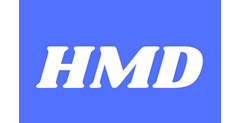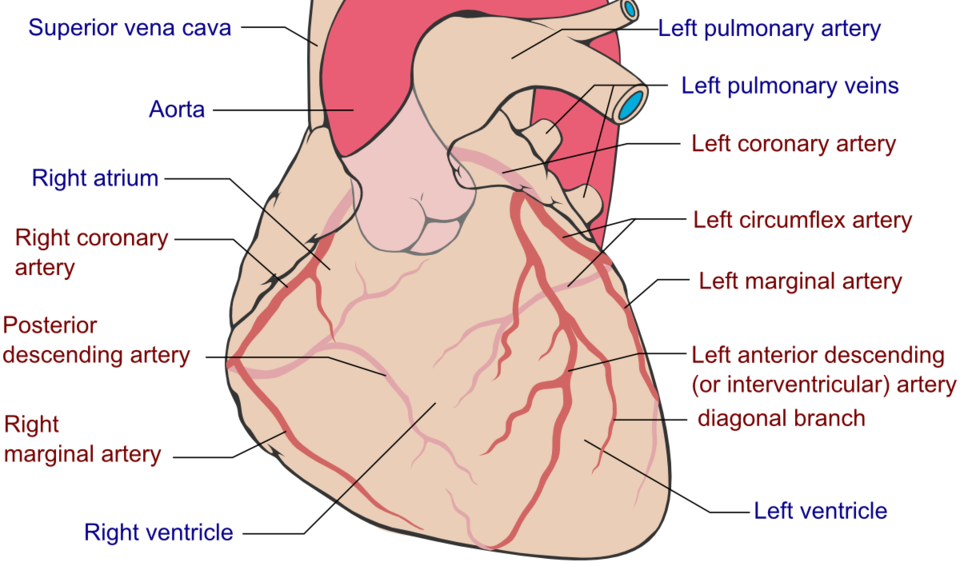Cardiology > Elevated Blood Pressure Reading Without Diagnosis of Hypertension
Elevated Blood Pressure Reading
without Diagnosis of Hypertension
Background
An elevated blood pressure (BP) reading without a diagnosis of hypertension refers to a one-time or intermittent rise in BP above the normal range (≥120/80 mm Hg) that does not meet criteria for chronic hypertension. It may reflect transient physiologic stress, measurement error, white coat effect, or an early stage of developing hypertension.
II) Classification/Types
By BP Range (Based on AHA/ACC):
- Elevated BP: Systolic 120–129 mm Hg and diastolic <80 mm Hg
- Stage 1 HTN (undocumented): SBP 130–139 mm Hg or DBP 80–89 mm Hg
- Stage 2 HTN (undocumented): SBP ≥140 mm Hg or DBP ≥90 mm Hg
By Cause:
- White coat hypertension
- Masked hypertension
- Stress-induced (pain, anxiety, etc.)
- Secondary to acute illness or medications
III) Pathophysiology
Transient BP elevations result from increased sympathetic tone, stress response, or external stimuli (e.g., medications, caffeine). Over time, sustained hemodynamic stress may cause vascular remodeling and progression to true hypertension if left unchecked.
IV) Epidemiology
- Common in outpatient settings (estimated in 10–30% of patients)
- White coat hypertension more common in older adults and females
- Risk factor for eventual development of true hypertension and cardiovascular disease
Etiology
I) Causes
- Situational/Physiologic: Anxiety, pain, acute illness, exercise, caffeine, nicotine
- White coat effect: Elevated BP in clinical settings due to anxiety
- Measurement-related errors: Inappropriate cuff size, improper technique
- Medications: NSAIDs, decongestants, corticosteroids, stimulants, OCPs
- Substance use: Alcohol, cocaine, amphetamines
- Secondary conditions: Sleep apnea, renal artery stenosis, pheochromocytoma
II) Risk Factors
- Family history of hypertension
- Sedentary lifestyle
- High sodium diet
- Obesity
- Anxiety disorders
- Use of certain medications or substances
Clinical Presentation
I) History (Symptoms)
Often asymptomatic
- Headache
- Palpitations
- Dizziness
- Anxiety
- Visual disturbances
- Symptoms of underlying condition (e.g., OSA, pain, stress)
II) Physical Exam (Signs)
- Elevated BP reading (≥120/80 mm Hg)
- May have tachycardia or signs of stress
- Otherwise normal exam in most cases
- Absence of signs of end-organ damage (e.g., retinal changes, bruits, LVH)
Differential Diagnosis (DDx)
- Primary (essential) hypertension
- White coat hypertension
- Pseudohypertension (elderly with stiff arteries)
- Secondary hypertension
- Anxiety or panic attack
- Pain-related BP elevation
- Drug-induced BP elevation
- Hypertensive emergency (if symptomatic with end-organ damage)
Diagnostic Tests
Initial Tests
- Repeat BP measurements: 2–3 separate visits using correct technique
- Home BP monitoring (HBPM): Better reflects true BP status
- Ambulatory BP monitoring (ABPM): Gold standard for white coat vs masked HTN
Basic Labs to Assess Risk/Secondary Causes:
- BMP (renal function, electrolytes)
- Fasting glucose and HbA1c
- Lipid panel
- Urinalysis (proteinuria)
- TSH (screen for hypothyroidism)
- ECG (LVH or ischemia)
Additional Testing (if secondary HTN suspected):
- Renal ultrasound (renal artery stenosis)
- Sleep study (obstructive sleep apnea)
- Plasma metanephrines (pheochromocytoma)
- 24-hour urine aldosterone and renin activity (hyperaldosteronism)
Treatment
I) Initial Approach
- Confirm BP readings with proper technique
- Evaluate for underlying stressors, medications, or secondary causes
- Educate patient about lifestyle impact on BP
II) Non-Pharmacologic Management (Primary Focus)
Lifestyle modification:
- DASH diet
- Sodium restriction (<2.3 g/day)
- Weight loss
- Regular physical activity
- Limit alcohol
- Smoking cessation
- Reduce caffeine intake
III) Medical Therapy
- Not indicated unless persistently elevated readings on ABPM/HBPM
- Consider trial antihypertensives if consistently ≥140/90 mm Hg or high ASCVD risk
Patient Education, Screening, Vaccines
Education:
- Explain meaning of single elevated BP
- Importance of regular monitoring
- Discuss long-term risks of untreated hypertension
- Avoid excess salt, alcohol, and stimulants
Screening:
- Annual BP checks for adults ≥18
- More frequent for those with elevated readings
Vaccinations:
- Routine adult vaccinations (influenza, pneumococcal, COVID-19)
- Emphasize preventive health
Consults/Referrals
- Primary Care: For BP monitoring and preventive care
- Cardiology: If resistant or complex hypertension suspected
- Nephrology: If renal cause or CKD present
- Sleep Medicine: If OSA suspected
- Endocrinology: For secondary HTN causes (pheochromocytoma, aldosteronism)
Follow-Up
- Short-term: Reassess BP in 1–4 weeks based on elevation severity
- HBPM or ABPM: To confirm diagnosis and guide management
- Long-term monitoring: Annually if BP normal; every 3–6 months if elevated
- Prognosis:
- Excellent if identified early and managed with lifestyle changes
- Higher risk of progression to hypertension and cardiovascular disease if unmanaged
Stay on top of medicine. Get connected. Crush the boards.
HMD is a beacon of medical education, committed to forging a global network of physicians, medical students, and allied healthcare professionals.

